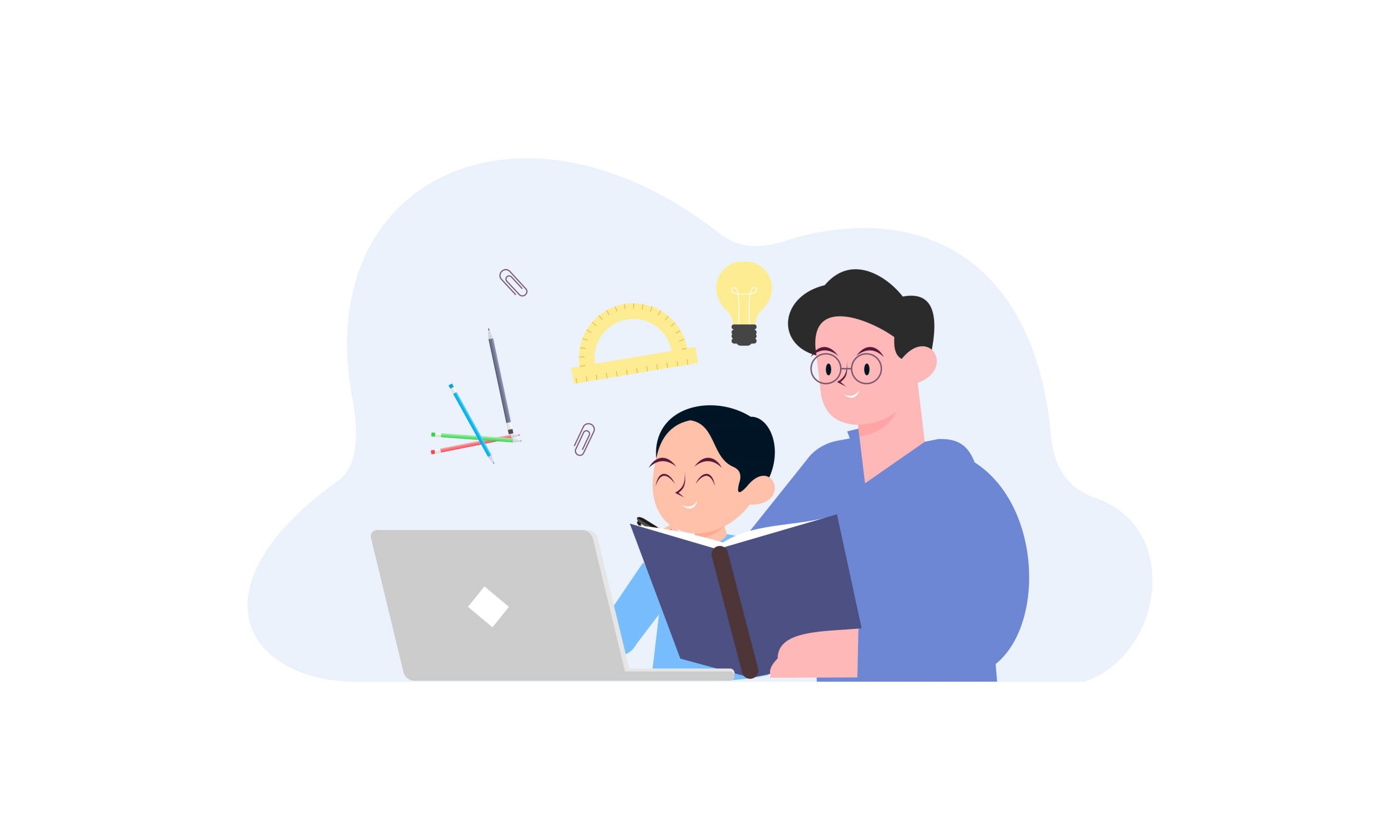Every child is unique—not just in personality but in how they learn, process information, and overcome challenges. Yet, traditional education often adopts a one-size-fits-all approach, leaving some students struggling while others remain unchallenged. Customised learning offers a powerful alternative, tailoring education to a child’s individual needs, strengths, and pace.
But why does this matter so much? Erik Erikson’s Theory of Psychosocial Development provides a compelling framework for understanding how customised learning nurtures children at different stages of their growth. When children receive learning experiences that align with their developmental needs, they gain confidence, resilience, and motivation—key qualities for lifelong success.
Early Years: Building Autonomy and Initiative
In Erikson’s early developmental stages (ages 2-6), children are learning to assert themselves and explore the world. At this stage, customised learning plays a crucial role in fostering autonomy and initiative.
🔹 Encouraging autonomy (ages 2-4):
“Allow plenty of opportunities for free play and experimentation to encourage the development of autonomy, but provide guidance to reduce the possibility that children will experience doubt.”
A rigid, overly structured approach to learning at this stage can hinder creativity and make children feel unsure of themselves. Customised learning—such as playful, hands-on activities or interactive storytelling—ensures that young learners build confidence while still having a structured foundation.
🔹 Fostering initiative (ages 4-6):
“Encourage activities that permit the use of initiative and provide a sense of accomplishment. Avoid making children feel guilty about well-motivated but inconvenient (to you) questions or actions.”
Children in this stage are naturally curious and eager to explore. A tutor who adapts to their interests—whether through project-based learning, gamified lessons, or interactive discussions—can make a world of difference in keeping them engaged and confident.
Primary & Middle School: Overcoming Inferiority with Industry
As children enter formal schooling (ages 7-12), they start measuring their abilities against their peers. Erikson called this stage Industry vs. Inferiority—where children develop a sense of competence through their achievements.
🔹 “Help children experience a sense of industry by presenting tasks that they can complete successfully. Arrange such tasks so that students will know they have been successful.”
Standardised classroom settings often move at a fixed pace, leaving some children feeling overwhelmed and others unchallenged. A customised approach ensures that students work at a level that is right for them, reinforcing their strengths while addressing their weaknesses.
How Customised Learning Helps at This Stage:
✔ A child struggling with math can get step-by-step, patient guidance from a tutor instead of feeling lost in a large classroom.
✔ An advanced reader can be given more challenging materials to keep them engaged rather than bored.
✔ A student who learns best through visuals can receive diagrams and videos, while a hands-on learner might benefit from practical activities.
By reducing comparisons and focusing on personal progress, customised learning helps children feel capable rather than inferior.
Secondary School: Shaping Identity Through Personalised Education
Teenage years (ages 13-18) are a time of identity formation, where students are figuring out who they are, what they value, and where they’re headed.
🔹 “At the secondary school level, keep in mind the significance of each student’s search for a sense of identity.”
Many students at this stage struggle with self-doubt and uncertainty about their future. The rigid structure of school systems can make them feel like they have little control over their learning, leading to disengagement. Customised learning addresses this by:
✔ Helping students discover their strengths and passions through personalised subject focus.
✔ Allowing flexible learning styles (e.g., a mix of visual, auditory, and hands-on methods).
✔ Offering guidance on career and academic paths based on their interests and abilities.
🔹 “Because you are important to your students, you can contribute to their sense of positive identity by recognizing them as individuals and praising them for their accomplishments.”
Tutors who tailor their approach to a student’s needs make learning feel more personal and relevant. Instead of feeling like just another face in a crowded classroom, students gain a sense of recognition and encouragement—key to building confidence and motivation.
Why Customised Learning Matters More Than Ever
The traditional education system, while valuable, often struggles to meet the diverse needs of students. Customised learning bridges this gap by ensuring that every child gets the support they need to thrive—academically and emotionally.
At Zipply, we believe that no child should feel lost, overwhelmed, or unchallenged in their education. Our platform connects parents with high-quality, experienced tutors who provide personalised learning experiences to help students excel.
Whether your child needs:
✅ Extra support in challenging subjects
✅ Advanced learning opportunities
✅ Study strategies tailored to their learning style
✅ Confidence-building guidance
Zipply makes it easy to find the ideal tutor who understands their needs.
Ready to Give Your Child the Learning Experience They Deserve?
At Zipply, we match students with the right tutors who bring out their best. Let’s empower your child to succeed—on their terms.
👉 Find your ideal tutor today! Explore Zipply Tutors🔹 Zipply – Let’s Ignite Inspired Learning!






